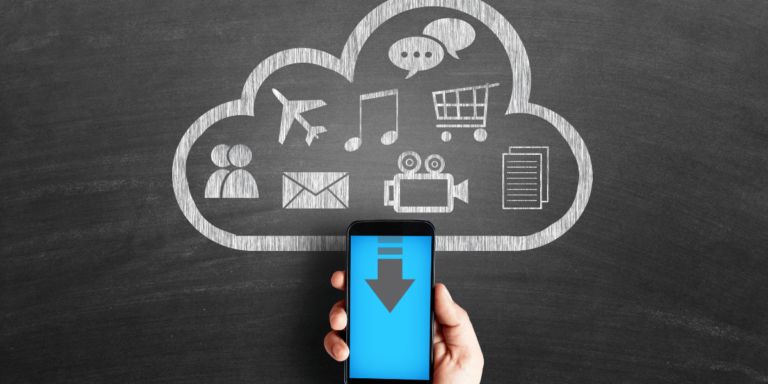A Comprehensive Guide- How to Back Up Your Slack Data

In the modern workplace, communication tools like Slack have become indispensable. They streamline collaboration, keep teams organized, and foster productivity. However, relying solely on Slack for critical conversations and file sharing comes with its risks. What if important data gets lost due to accidental deletion, system failure, or a security breach? That’s where backing up your Slack data becomes crucial.
In this guide, we’ll walk you through the steps to ensure your Slack data is safely backed up, giving you peace of mind and safeguarding your team’s valuable information.
Step 1: Understand What to Back Up
Before diving into the backup process, it’s essential to understand what data you need to back up. Slack contains various types of data, including messages, files, channels, and integrations. Determine which data is critical for your team’s operations and prioritize its backup.
Step 2: Utilize Slack’s Built-in Features
Slack offers built-in features that allow you to export certain types of data:
- Message Archives: Slack allows workspace owners and administrators to export message archives. Navigate to ‘Settings & administration’ > ‘Workspace settings’ > ‘Import/Export data’ to access this feature.
- File Downloads: Slack also enables users to download files shared within channels or direct messages. Simply click on the file and select ‘Download’.
While these features are useful for exporting specific data, they may not provide a comprehensive backup solution for all your Slack data.
Step 3: Explore Third-Party Backup Solutions
For a more robust backup strategy, consider utilizing third-party backup solutions specifically designed for Slack. These solutions offer features such as:
- Automated Backups: Schedule regular backups to ensure your data is continuously protected without manual intervention.
- Granular Recovery: Easily restore individual messages, files, or entire channels in case of data loss.
- Encryption and Security: Choose solutions that prioritize data encryption and comply with industry security standards to safeguard sensitive information.
Step 4: Implement Best Practices for Data Security
In addition to backing up your Slack data, it’s essential to implement best practices for data security:
- User Training: Educate your team on Slack’s features, data retention policies, and the importance of data security.
- Access Control: Regularly review and update user permissions to restrict access to sensitive data only to authorized personnel.
- Two-Factor Authentication (2FA): Enable 2FA to add an extra layer of security to Slack accounts and prevent unauthorized access.
- Regular Audits: Conduct periodic audits of your Slack workspace to identify any security vulnerabilities or compliance issues.
Step 5: Test Your Backup and Recovery Processes
Once you’ve set up your backup solution and implemented security measures, it’s crucial to test your backup and recovery processes regularly. Simulate various scenarios such as accidental deletion or data corruption to ensure your backup solution functions as expected.

